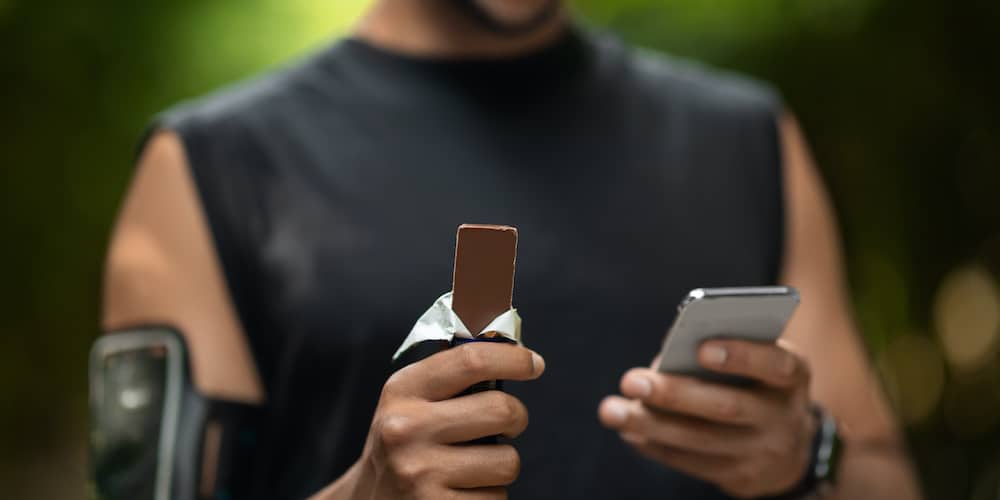Although a large part of the French population is iron-deficient (25% of non-menopausal women have an iron deficiency, and 5% have anemia), some of us tend to have too much iron in the blood.
This is the case for people with hemochromatosis. It is an inherited disease in which iron is absorbed and excessively accumulated in tissues, particularly in the liver and the heart, as indicated by this study.
And for others, it is hyperferritinemia, linked to metabolic syndrome, excessive alcohol consumption, inflammation, or hepatic cytolysis.
If your ferritin level is high (if it exceeds 270 µg/l in men, 160 µg/l in women and 140 µg/l in children), I recommend adopting a low-iron diet, notably avoiding the following foods.
Read also | A pharmacist’s advice on choosing the best dietary supplements for the liver
1. Foods rich in vitamin C
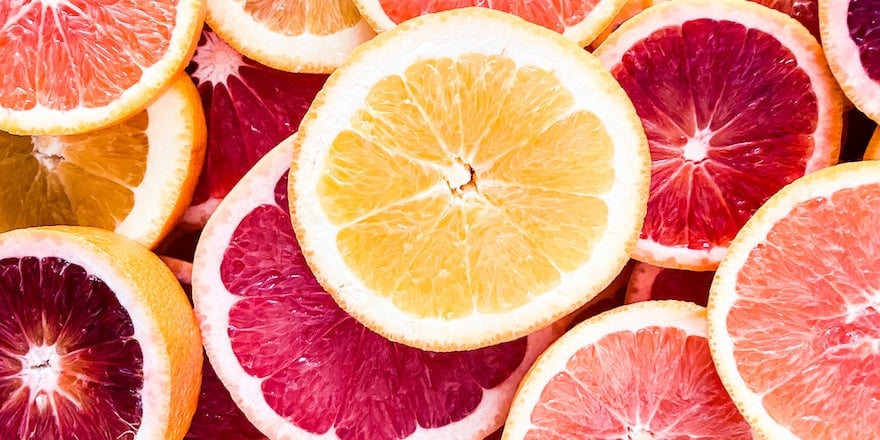
The presence of vitamin C in the diet facilitates iron absorption, as shown by this study.
If you want to reduce your iron intake, I recommend avoiding foods high in vitamin C such as citrus fruits, bell peppers, or red berries.
2. Red meats
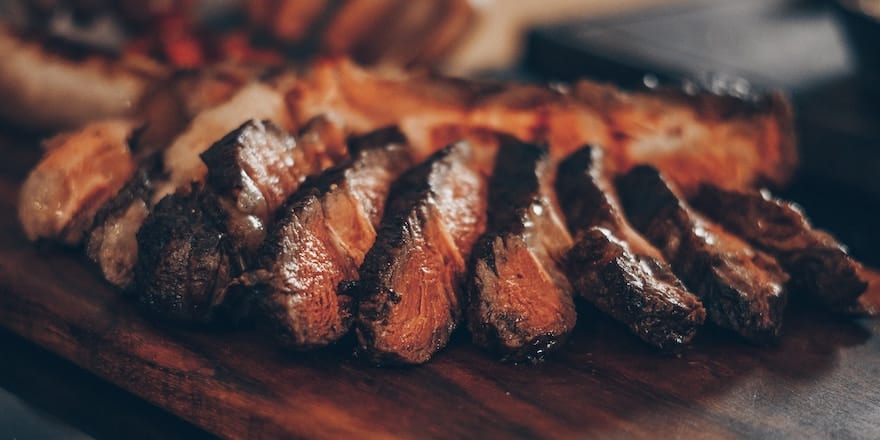
Red meats such as beef, liver, pork, and lamb are high in iron. If you have excess iron, it is important to limit your consumption.
Without completely giving up meat, I suggest favoring white meats or fish.
3. Seafood and seaweed
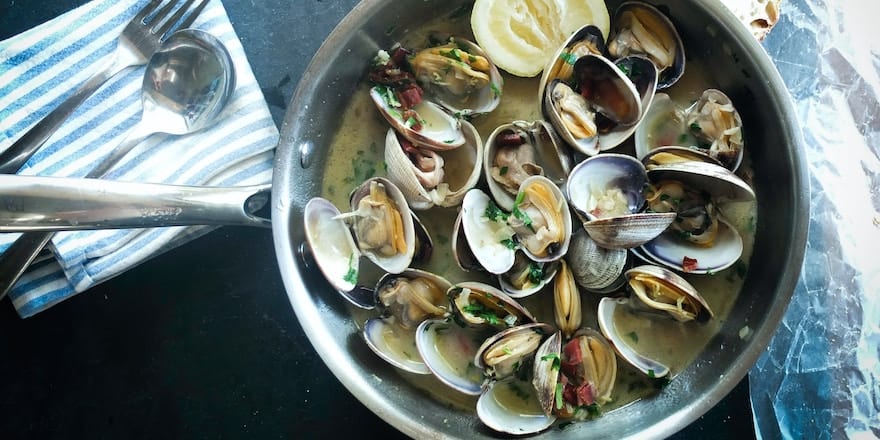
Seafood such as oysters, mussels, clams, and shrimp are also high in iron.
I also advise against consuming seaweed, which is among the foods highest in iron per 100g according to the French Agency for Food, Environmental and Occupational Health & Safety. Avoid nori and wakame.
A mention also for spirulina, a cyanobacterium often mistaken for an alga, reputed to be an exceptional source of iron.
4. Iron-fortified foods
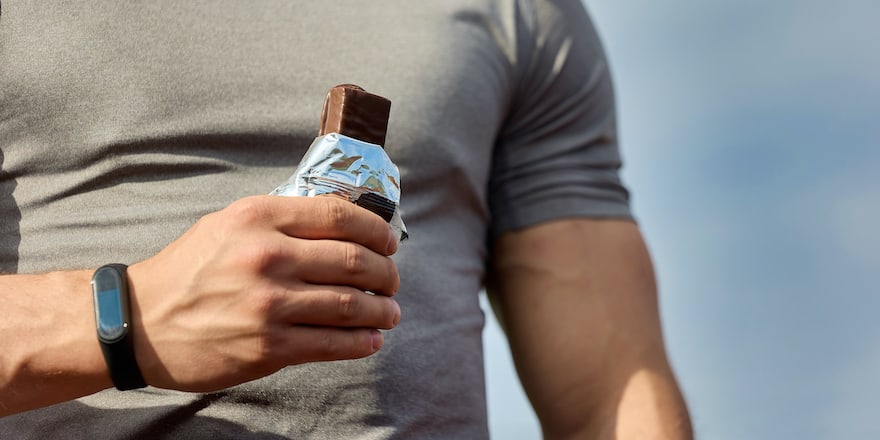
It’s often overlooked, but many processed foods, such as breakfast cereals, energy bars, and dietary supplements, are fortified with iron.
My advice: read product labels carefully to avoid foods fortified with iron.
5. Sugar
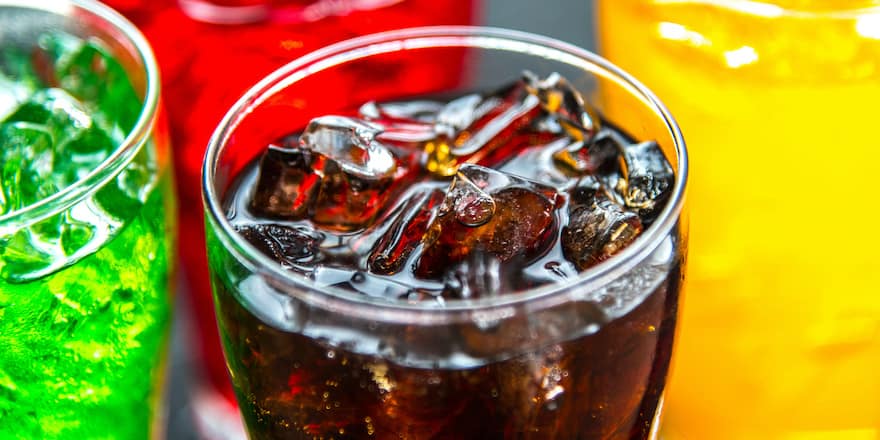
On a low-iron diet, I recommend avoiding sugary foods and sweetened beverages. Forget sodas, candies, and commercial ice cream…
Indeed, foods containing sugar, fructose, or sorbitol promote the absorption of iron by the body.
6. Legumes

Legumes such as beans, lentils, and chickpeas are rich in non-heme iron.
Non-heme iron is less well absorbed by the body, so consuming these foods may not be problematic, but I recommend favoring small quantities.
Moreover, legumes provide important nutrients, protein and minerals — it would be a shame to miss out!
My advice if your ferritin level is high
The diagnosis of iron overload is generally made by a healthcare professional using blood tests. The symptoms of iron overload may include fatigue, weakness, weight loss, arthritis, skin pigmentation and abdominal pain.
Some people may also experience joint pain, fertility problems and heart problems.
Il existe deux types de fer dans l’alimentation : le fer héminique, qui a biodisponibilité d’environ 25% et le fer non-héminique qui lui n’est absorbé qu’à environ 5%. Les aliments contenant du fer non-héminique ne sont donc pas totalement à proscrire.
Also, be aware that three substances naturally reduce iron absorption: tannins found in tea, for example, as well as phytates and oxalates present in most cereals, fruits and vegetables. Feel free to drink tea regularly.


